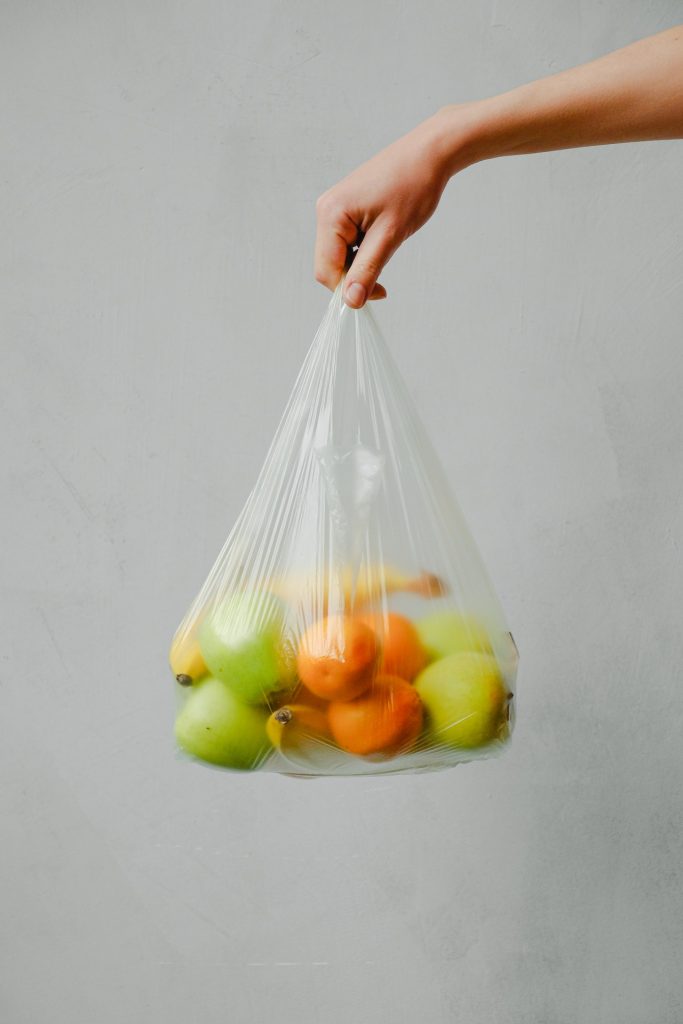1、 Overview of PVC industry development
Polyvinyl chloride (PVC) is a polymer polymerized by vinyl chloride monomer (VCM) in the presence of initiators such as peroxide and azo compound or under the action of light and heat according to the free radical polymerization mechanism, and is an important category of synthetic resin.
Polyvinyl chloride resin is mainly divided into general resin and paste resin according to its use: general resin (G resin) is a resin that is processed and formed by mixing a dry or wet powder with a normal amount of plasticizer or auxiliary agent; Paste resin (P resin) is usually mixed with plasticizer to form paste resin for use; In addition, there is PVC mixed resin, which is a kind of PVC resin that replaces part of the paste resin by mixing when preparing PVC plasticizing paste.
The main production methods of PVC resin include suspension method, bulk method, lotion method, solution method and micro suspension polymerization method. From a worldwide perspective, suspension method is the main production method of PVC general resin, while the production method of PVC paste resin is lotion method and micro suspension polymerization method. Due to different production processes, the capacity of the two resins cannot be converted to each other.
2、 PVC industry chain
PVC production processes are mainly “calcium carbide method” and “ethylene method”, and the raw materials are coal and crude oil respectively. Most countries in the world use oil and gas routes. As China is poor in oil and rich in coal, the production process of PVC in China is mainly calcium carbide method.
The raw material for PVC production by calcium carbide method is coal. Since 2012, China’s raw coal output has shown a trend of first declining and then rising.
The raw material for PVC production by ethylene method is crude oil. According to the data of the National Bureau of Statistics, China will produce 198.98 million tons of crude oil in 2021, an increase of 4.06 million tons over 2020. Among them, 16.47 million tons of crude oil was produced in December, up 1.7% year on year.
3、 Development trend of PVC industry
In the next 10 years, the domestic PVC industry will further withdraw from the market and enter the park to realize industrial centralization, the industrial structure will be adjusted reasonably, and the resource and logistics facilitation will be the favorable chips for enterprises to realize profits and obtain competitive advantages. In terms of process route, the coexistence of calcium carbide process and ethylene process will continue, but the proportion of ethylene process will further expand, gradually get rid of the dependence on acetylene process route, and make positive contributions to reducing environmental pollution and achieving sustainable development. The current Jiang Zhongfa will be a positive side, but it needs to be verified in actual production.
In a word, under the severe safety and environmental protection situation, in the fierce market and price competition, under the gradual adjustment of overcapacity, the PVC industry will gradually become calm and rational, and walk out of a path of high resource concentration, special oriented development, multi brand and high-quality development. The production capacity will be concentrated in coastal and western regions, and large-scale and trans regional operation will become the mainstream. It can be seen from the trend of domestic capacity change in recent years that the steady change of capacity often reflects the rationalization of industry development.
